Paulo Bukom

On 29th March 1881, when Campbell was just 13 months old, his mother Emma gave birth to a younger brother, Arthur Alfred.2 Arthur was not to survive more than that many months himself, his cause of death given as “teething”, symptoms which probably disguised a more pernicious underlying condition. He was buried in Bassein on the 29th April 1882.3
The Irrawaddy river bisects the country of Burma for some1500 miles along its north south axis and it is probable that, as a Commander with the Flotilla Comapany, Campbell’s father Alexander plied his trade along this highway between the British capital of Rangoon and Mandalay, the inland capital of the kingdom of Upper Burma. He commanded steam ships which towed “flats” alongside, carrying cargos of cotton and pulses, animals including elephants and up to several thousand deck passengers.

The Flotilla Company played an important role in linking the hundreds of villages along the complex waterway, transporting the valuable paddy crops to market. Alexander seems to have been involved in this route navigating through the maze of creeks and channels from Rangoon to Bassein.1
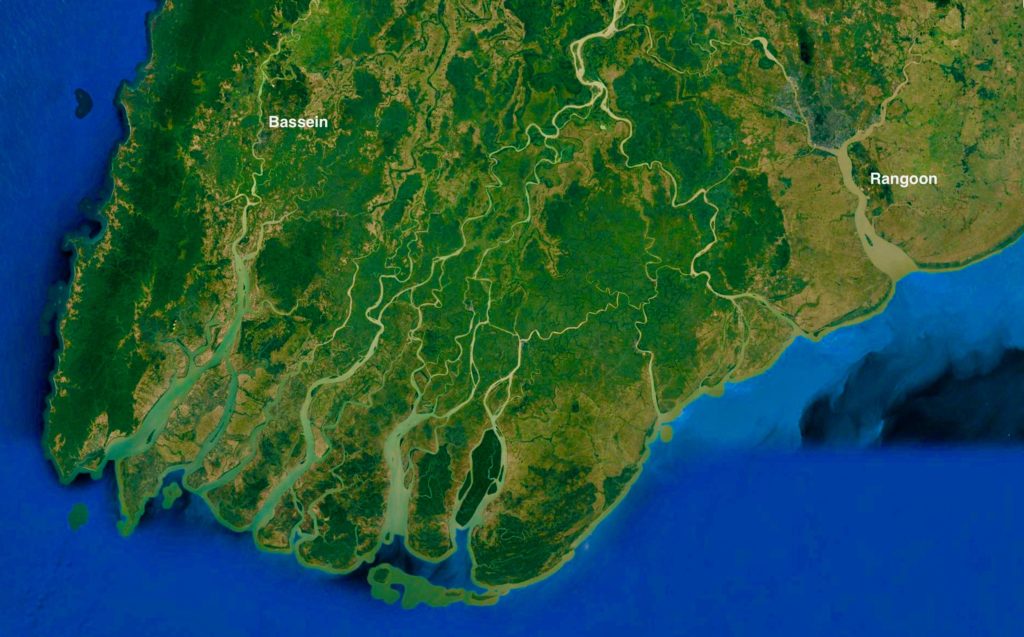
The Irrawaddy is one of four great rivers that disperse the icy melt waters of the Himalayan glaciers into the Andaman sea through a web of interconnecting navigable channels known as the Irrawaddy Delta. Covering a distance of 100 miles east/west from Rangoon to Bassein and dividing the Bay of Bengal from the Gulf of Martaban, the peninsula covers some 10,000 square miles of flat, alluvial and highly fertile land that was to become the rice bowl of Burma.
It cannot have escaped Alexander’s notice as he travelled along the river near the town of Yenangyaung in Upper Burma, that along its banks “there appeared a range of low, foul smelling mounds. These hillocks were covered in a thick ooze, a substance that would sometimes ignite spontaneously in the heat of the sun, sending streams of fires into the river. Often at night small, wavering flames could be seen in the distance, carpeting the slopes. To the people of this area this ooze was known as earth oil”.4 These wells, reaching depths of up to 300 feet, were owned by twenty four families of Twin-zas and jealously guarded over successive generations.5

In the 1850s members of the British Royal Society imported a quantity of this oil to undertake a chemical analysis, “ In several localities of the kingdom of Burmah, there emanates from the soil in considerable quantity a peculiar oleaginous substance, which is employed for a variety of purposes, but chiefly as a lamp-fuel and as an unguent, by the natives, and exported under the name of Burmese naphtha, or Rangoon tar.” 6
By the 1880s Europeans had started to take a keen interest in earth oil and were offering the Twin-zas good money for their pools and wells. Amongst these was a Glasgow based company, Rangoon Oil, which commenced mechanised extraction but which ultimately failed as a result of the King of Upper Burma ‘overcharging’ taxes for the oil discovered in his territory. Rangoon Oil was then taken over by another Scottish Company, Burmah Oil, which had more luck with their profits after the British had occupied Upper Burma.7

We don’t know exactly why Alexander gave up his position with the IFC to move with his family to Singapore but his circumstances at the time suggest several possibilities. The first reason was the growing instability of the region and the threat of war.
By 1882 there was already much unrest in the kingdom of Burma. King Midan, who had been a progressive, moderating influence had died in 1878 leaving his 53 wives, 48 sons and 62 daughters to argue over their inheritance and plot for the succession. Prince Thebaw gained the ascendancy in 1878 and after marrying his half sister consolidated his position by massacring his rivals to the throne, putting to death over 40 of his brothers in one night.

Over the following few years law and order in Upper Burma continued to decline. Growing numbers of “dacoits”, bandits who plundered rural villages in armed bands up to a thousand strong, had so terrorised the local population that there was a constant stream of immigration into British Burma where it was felt they would find better security. Even the Flotilla ships were threatened by the dacoits and Commanders of the IFC ships, such as Alexander, were armed to protect themselves.
At the same time the British were highly suspicious of French imperialist intentions within the kingdom, threatening their trading monopolies and challenging them in the race to open up the China market. There were powerful and vocal interests lobbying for the completion of the work begun in 1825 – to annex the rest of the country.8 It did not take much of a diplomatic incident with the Bombay Burmah Trading Corp accused by the king of under paying taxes on the teak it was extracting from the royal forests and some minor border disputes to give the British the excuse they needed to depose King Thebaw and complete their reverse takeover by absorbing the kingdom of Burma into British Burma.
This was not to take place until 1885 by which time Alexander had already removed himself and his family to Singapore, but it did once again involve the ships of the Irrawaddy Flotilla which were requisitioned by the British army for a wholesale troop movement of the invasion force to Manadaly.
“Ship me somewheres east of Suez, where the best is like the worst,
Where there aren’t no Ten Commandments an’ a man can raise a thirst;
For the temple-bells are callin’, an’ it’s there that I would be
By the old Moulmein Pagoda, looking lazy at the sea;
On the road to Mandalay,
Where the old Flotilla lay…”Rudyard Kipling 9
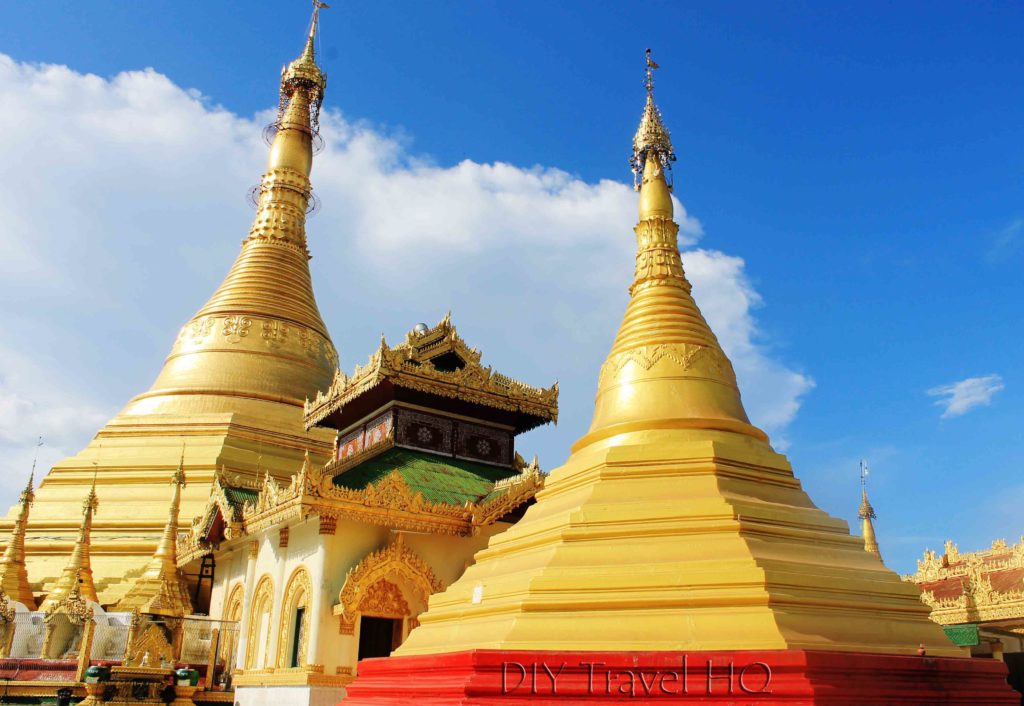
Pulau Bukom – Oil and Water
Another possibility is that Alexander moved to Singapore because of its rapidly developing commercial possibilities. The opening of the Suez canal in 1869, the replacement of sail with steam and the establishment of an international telegraph10 system had revolutionised the Far East trade and Singapore, as a customs free port on the nexus of east west shipping routes, was ideally situated to profit from it. It is also possible that Alexander saw commercial potential in derivatives of Rangoon Oil.10
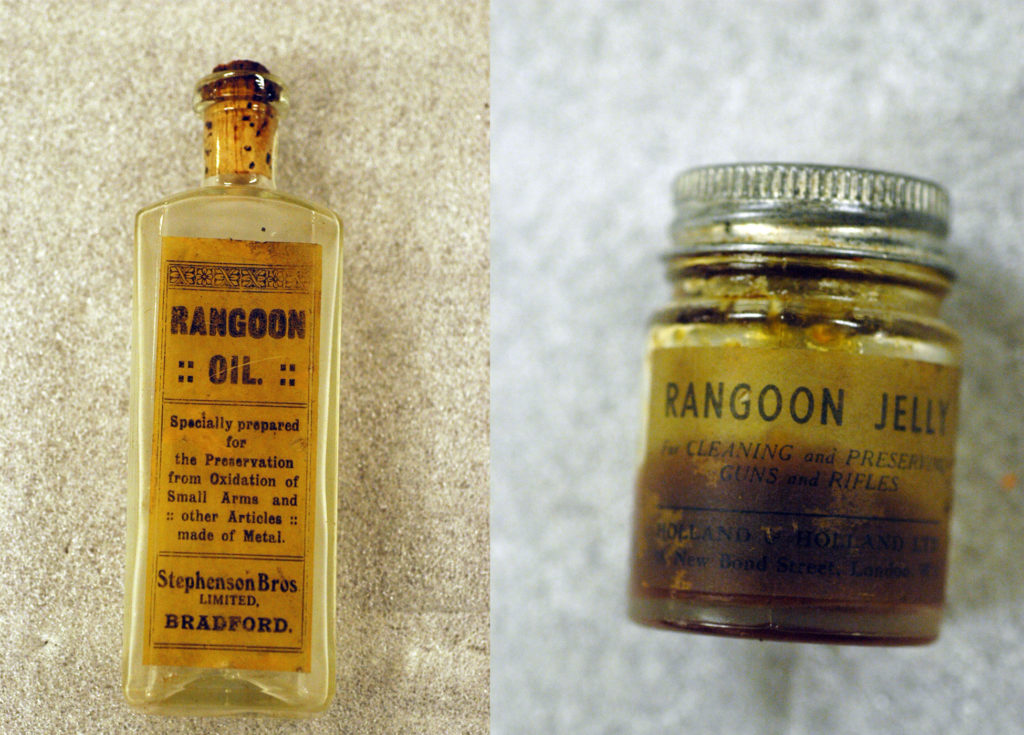
Whether seeking a safer environment for his family, given the social unrest and risk of war, or whether Alexander moved because Singapore was opening up as a thriving commercial entrepôt for shipping we do not know. We do know that he moved with Emma and Campbell to a small island called Pulau Bukom, just 5 miles off the coast of Singapore. This idyllic island of sandy beaches and mangrove swamps was populated by small villages of subsistence fishing families. Known as Fresh Water Island Pulau Bukom had become an important victualling port for ships in transit. 11
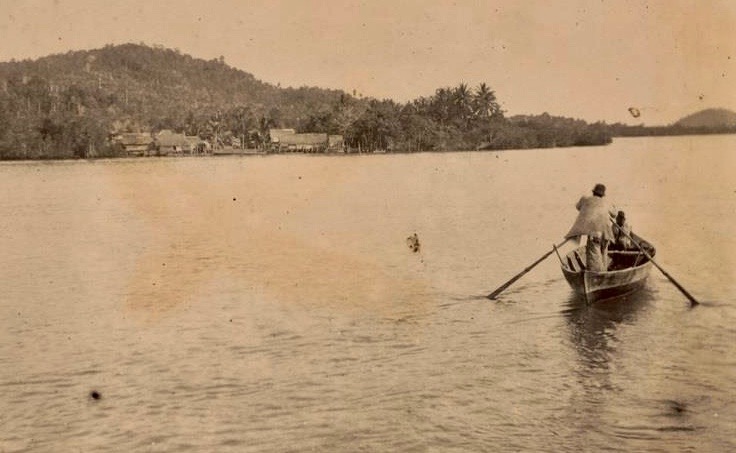

With an existing infrastructure for servicing ships it made sense to develop an oil storage and distribution facility on Pulo Bukom.12 It is likely this also involved the manufacture of by-products, particularly anti corrosives and anti foulings. The recent development of replacing timber ships with iron enabled ships to be built bigger, and with steam engines and revolving propellors, much faster. However they had one major disadvantage – they attracted underwater organisms which significantly slowed them down. While wooden ships could be sheathed in copper, applying it to iron resulted in electrolysis and the steel disintegrated. Due to this problem by the 1840s the British Admiralty considered scrapping steel altogether and returning to timber construction.13
Tar had long been the basis for protective coatings on wooden ships and the refinement of tar oil, naptha and benzine provided effective solvents into which a toxic brew of arsenic, strychnine, cyanide, lead and mercury were added to provide a lethal deterrent to the growth of marine organisms.14 So highly lucrative was the potential value of a successful solution to this problem that all these anti foulings were patented.15
We know that Campbell’s father, Alexander, became involved in this industry in Pulau Bukom around 1883 working for the Singapore Patent Paint Company, of which he would later become manager.

While living in Pulau Bukom Alexander and Emma had their third child, a daughter whom they named Dorothy and eighteen months later, on 1st June 1885, another daughter called Daisy Emmie. Campbell was just five years old at this stage and it was late in 1885 that his father Alexander left home to travel to Bangalore in India “for the benefit of his health”. At this stage we don’t know the nature of the illness, quite likely suffering from the common affliction of malaria, but it is also possible that it was due to exposure to the toxic cocktail of chemical ingredients with which he would have been experimenting.
Why he went particularly to Bangalore is also a mystery. It is possible that he went to this elevated altitude for the benign, dry climate and cool winter breezes. Or possibly he went to explore the health benefits of the Benga tree from which Bangalore gets its name. Extracts of this tree, otherwise known as Kino Tree16 had long been used for their medicinal properties in Ayurveda17 medicine, an ancient Indian healing tradition. Ironically, in addition to the use of herbal extracts Ayurveda healers also practiced a branch of medicine that dealt with toxicology 18 and which prescribed the consumption of minerals such as mercury, sulphur, arsenic, lead, copper sulphate and gold. A tragic example possibly in Alexander’s case, of the cure evidently being worse than the cause as he was never to return, succumbing to whatever ailed him and dying at Negapatum on India’s south east coast on the 24th March 1886 while on his journey home.
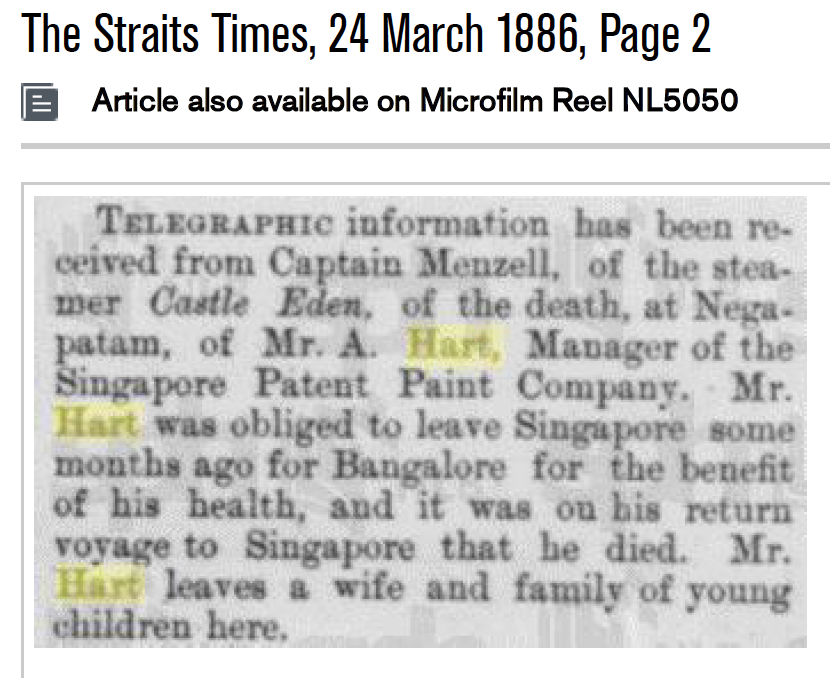
Left with three young children on a remote island Emma was fortunate to find a new husband within a year of Alexander’s death. She married David Rose Cowan, a young engineer who most likely had been a colleague of Alexander. He worked for the oil company on Pulau Bukom of which he later became the manager. David’s father had been a successful master mariner in China and had retired to the salubrious neighbourhood of Mount Sophia on Selegie Hill in Singapore. The following year, in 1888 Emma and David had a daughter whom they called Winnifred.
Campbell was by now eight years old, growing up on a rather isolated island with his three sisters. One can imagine him running barefoot over the sands and playing with the local Malay children. But this is unlikely given the strict protocols of race, class and position which the colonial British considered important to uphold. His mother and step father’s thoughts turned towards his education and career. It was of course common practice for the children of expatriate families, sons in particular, to be sent home to England, both to imbibe some home country culture and education and also to escape the threat of disease that took such a toll on the European community.
It was decided that Campbell would be sent to England to live with Emma’s brother, John Thomas and his young family of four children who were around Campbell’s age. John Thomas had spent his early life sailing tall ships with his father, John Gardiner, between Burma and Mauritius before returning to Liverpool to pursue more steady employment ashore as a ships’ surveyor.
It is an image of a brave but lonely 12 year old boy that we see disembarking in London in August 1892, one of only four passengers on the cargo ship ss Menalaus newly arrived from Singapore.
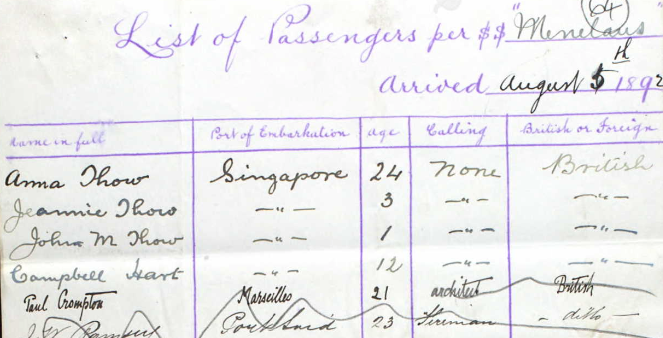
1 Bassein – British Library Collection
2 Arthur Alfred Baptism Cert
3 Arthur Alfred Burial Cert
4 Amitav Ghosh The Glass Palace page 122.
Also: Irrawaddy Flotilla by Alister McCrae & Alan Prentice page 22
5 The History of Oil Exploration in the Union of Myanmar* Scott E. Thornton1
Also earlier Examination in 1835 by Royal Society of Edinburgh
7 Rangoon Oil and The Burmah Oil Company
Also:
https://time.graphics/event/493739
https://www.revolvy.com/page/Burmah-Oil
History of the Eurpopean Oil and Gas Industry
8 Background to the 2nd Anglo Burma War
The Irrawaddy Flotilla by Alister McCrae & Alan Prentice Page 94.
Without any note of irony the author of the history of the Irrawaddy Flotilla Company comments on the advice that Colonel Sladen, Commissioner of Arakan, gives to the British Government….“Sladen’s opinion was sought and no one was better qualified to sum its all up. The extracts of his minute which follows demonstrate how patient and tolerant British policy towards Upper Burma had been in these (past ninety years).”
Sladen Wrote, “ It is somewhat strange that our first political intercourse with the Burmese Court commenced (as it seems likely to end) with an attempt to frustrate French intrigue and a French occupation.
Could we have foreseen all the troubles and complications which were to follow the occupation of Pegu in 1852, our best policy in the interests of the Burmese people and of our own Government would have been at that time to annexe the whole country, and to extinguish once and for all the Burmese dynasty. We were content however, with our usual forbearance, to spare the dynasty, but rendered it effete and impotent for all the more serious purposes of war by occupying the whole coastline and leaving the Burmese no direct outlet by seas without passing through British territory.” Sladen goes on to articulate the justification for the annexation of Upper Burma and the removal of the king.
Also:
The French Connection that Contributed to the Fall of a Kingdom
How a Nation is Exploited – The British Empire in Burma, Orwell Foundation
9 Full text of Kipling’s Poem, “Mandalay”
10 Telegraph to the World – 1870
11Fresh Water Island & Pulo Bukom
12 Pulo Bukom Oil Installation
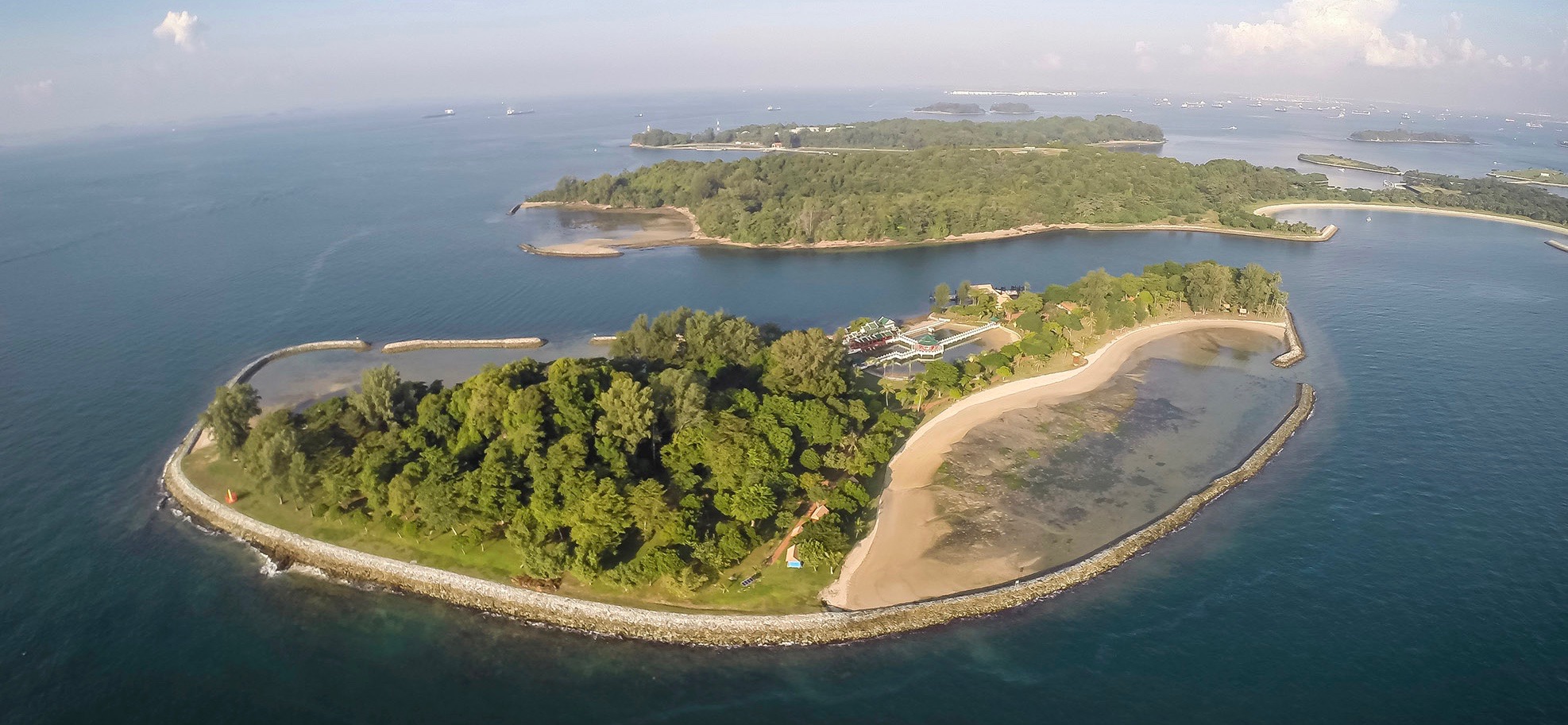


13,14 History of Prevention of Fouling, Bureau of Ships, Navy Department
No 580 Woods Hole Oceangraphic Institution 1952 Chapters 11 https://darchive.mblwhoilibrary.org/handle/1912/191
No 580 Woods Hole Oceangraphic Institution 1952 Chapters 12
16 Benga tree, Kino Tree :Pterocarpus marsupium
US National Library of Medicine
17 US National Library of Medicine
History of Ayurveda Medicine
History of Indian Healing Traditions
https://www.ncbs.res.in/HistoryScienceSociety/content/ashtavaidya-tradition
18 Rasa Shastra
https://www.ncbi.nlm.nih.gov/pmc/articles/PMC3252715/
Damshtra Chikitsa is the branch of Ayurveda Medicine that deals with toxicology.
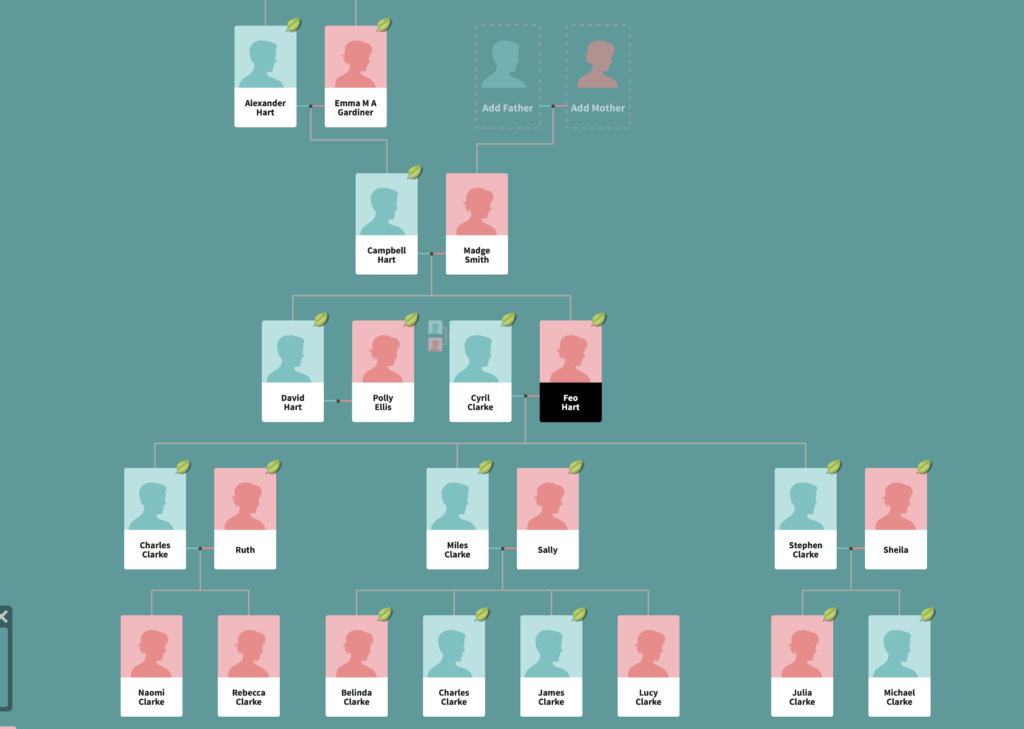

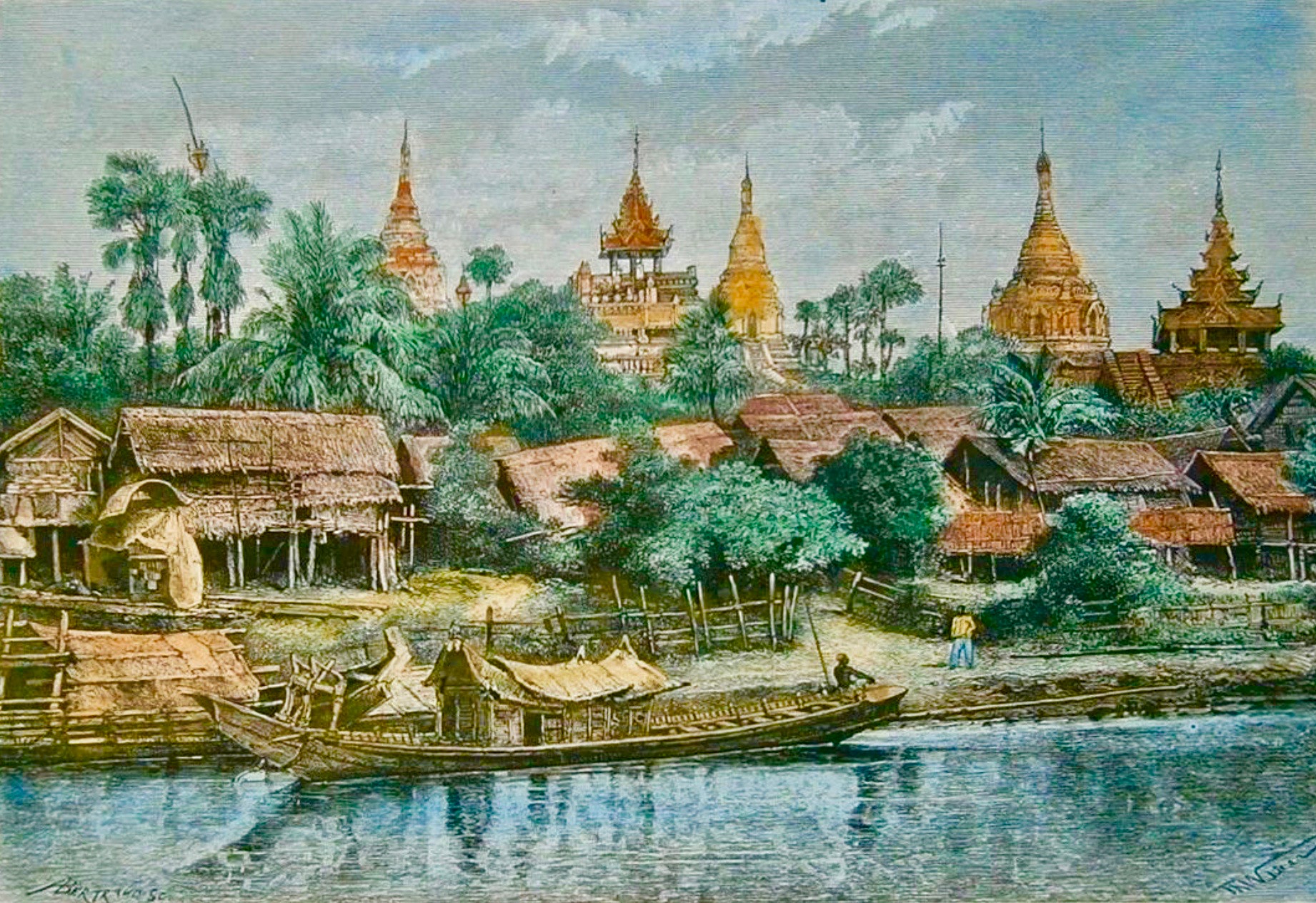
Really interesting – thanks Ol! Did you know about Alexander Hart and Emma Gardiner when you named your children?? Alice xxx
This is fascinating, Oliver! I wonder how poor Campbell felt going to England (where he’d presumably never been) on his own? I can’t wait for the next instalment!
A set of complex emotions I guess – not unlike those many of us felt at heading off to boarding school for the first time – except without the prospect of returning home at the end of term! I’m just back from visiting our daughter Emma in Namibia, so next instalment due in a few days!
Thanks Alice – yes Alexander was named after his grand and great grand father, but Emma was due to be Poppy (after my Mum and her Granny), but we were dissuaded from that name because over here poppies are potatoes! In the end it was a random albeit coincidental choice.